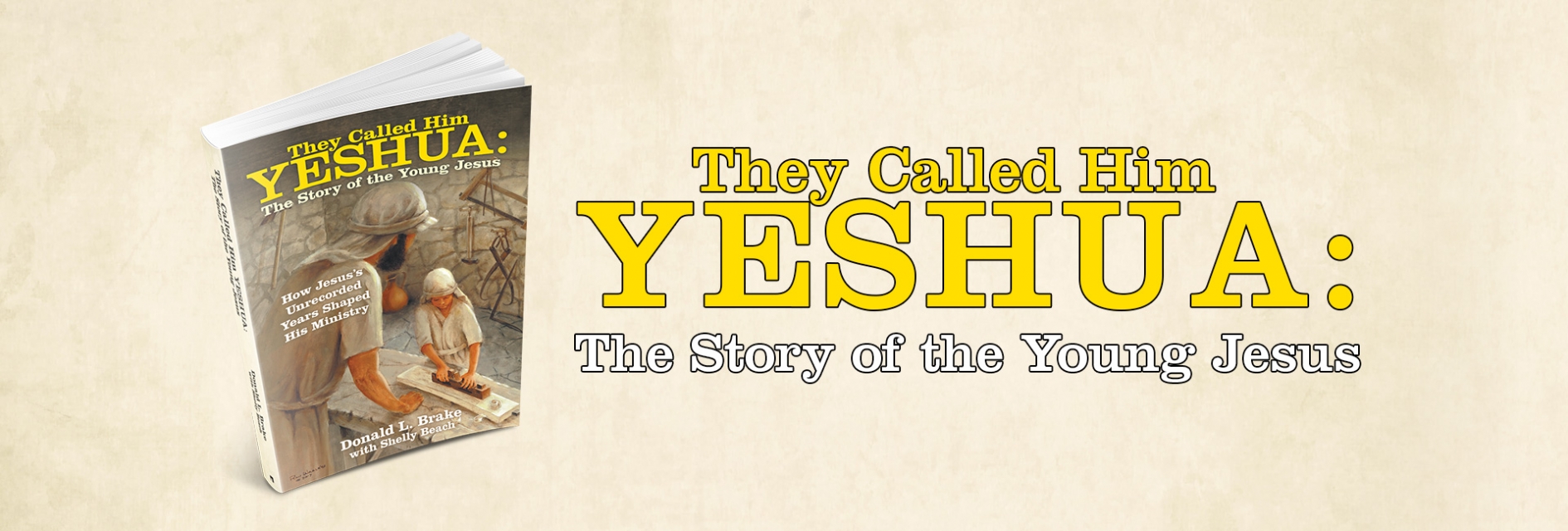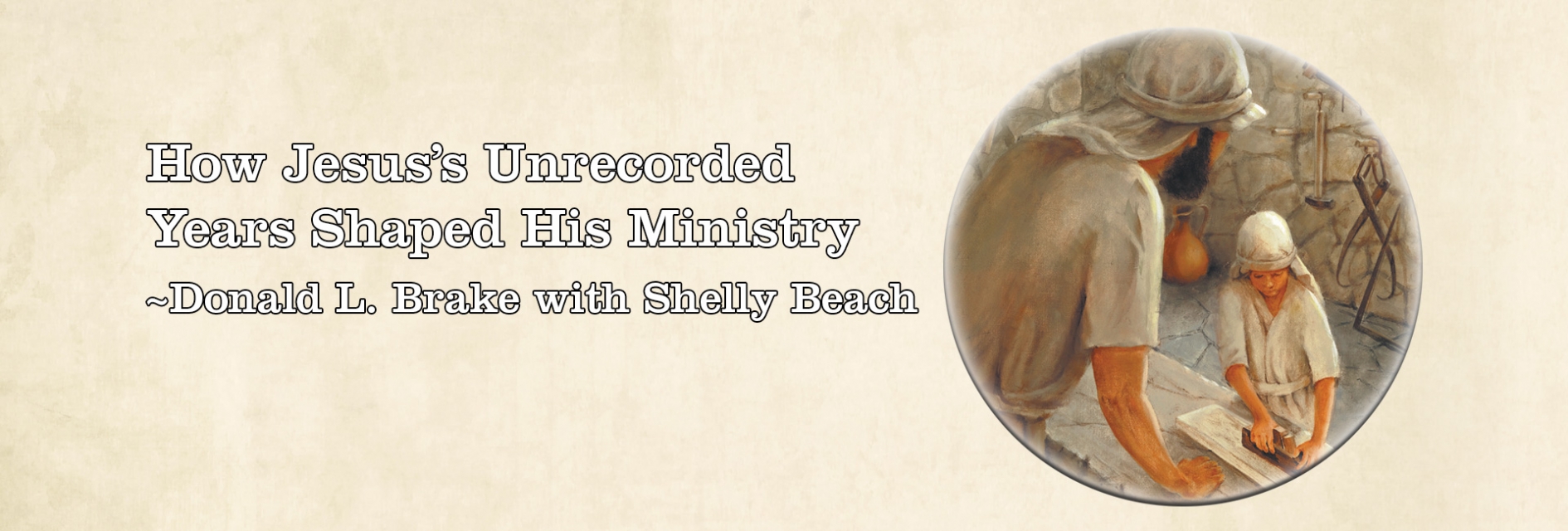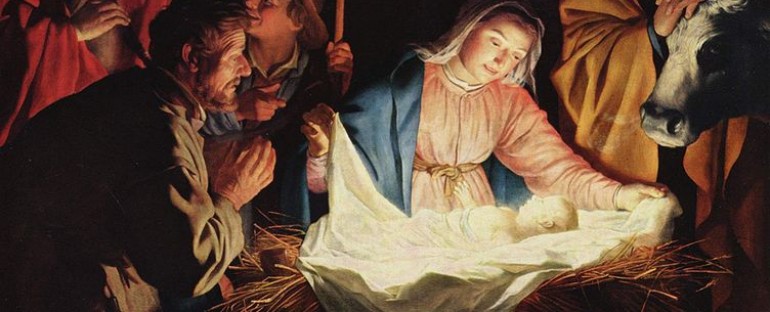

The 8-part TV mini-series Jesus, His Life part 1 boasts of a program that presents the life of Jesus in a unique way but fails history. The claim for uniqueness lies in its assertion that the story of Jesus is presented through a unique lens of the people closest to him, each episode from another perspective.
The series mixes dramatic reenactments of the story with commentary from a host of Bible scholars, historians, faith leaders and theologians. There are four areas that this series fails history.
Number 1 Fail
The scholars are mostly liberal and biblical criticism challenges the history presented in the Gospel accounts. While biblical criticism is a legitimate discipline, if one attempts to present a history of Jesus’ life to a lay audience, it ought to be accompanied by verifiable data. However, not all critical statements go unchallenged, thanks to Ben Witherington.
Fail Number 2
The History channel’s presentation often fails in biblical accuracy. When the angel appears to Mary, he says, “Do not be afraid, for you have found favor with God. If you choose to accept His plan, you will conceive in your womb and give birth a son.” Mary becomes a pawn in God’s plan—we only hope she accepts God’s plan.
Number 3 Fail
Professor Robert Cargill, University of Iowa denies the possibility of the census taking place as New Testament history declaring rather the census took place a “decade after the birth of Jesus.” And certainly, the Roman census did not force people to their ancestral home. To the rescue again, Dr. Witherington attempts to rehabilitate the history failure.
Number 4 Fail
While “scholars” using biblical criticism dismisses New Testament history, the “history” mini-series portrays the 3 wisemen showing up at night at the time of birth, very much like traditional Christmas pageants and displays portray the story. In reality they came much later.
Final Note
My new historical/biblical novel: The Called Him Yeshua: The Story of the Young Jesus has more history than the History Channel’s story. Chapters 8-12 record a historical and realistic portrayal of Jesus’ birth and the events that surround it. Take a look.
About the Author
Written by Donald L. Brake Sr.
Donald L. Brake Sr., PhD, Dallas Theological Seminary; Dean Emeritus, Multnomah Biblical Seminary of Multnomah University. A former pastor, he lives with wife Carol, in Lewisville, Texas. The author has served as a Missionary in Ethiopia, SIM; Professor of Theology, Multnomah Biblical Seminary; Pastor, North Carrollton Baptist Church; President, Institute of Holy Land Studies (now Jerusalem University College; and dean Multnomah Biblical Seminary; and co-founder Living Word Bible Museum. He currently is a freelance writer. The author’s experience as president of the Institute in Jerusalem has given him insight into the historical, cultural, and geographical background of Israel and the life of Christ. Dr. Brake has led tours to the Holy Land and has taught the life of Christ and the Bible’s historical/cultural backgrounds for more than thirty-five years. Dr. Brake wrote a series of fifteen articles for the St. Louis Metro Voice and has published the Wycliffe New Testament. His book A Visual History of the English Bible was published in 2008 (a 2009 Evangelical Christian Publishers Association Christian Book Award finalist); Jesus, a Visual History with Todd Bolen, 2014; A Monarch’s Majestic Translation, in 2017; and A Visual History of the King James Bible, in 2011 (with Shelly Beach; also translated into Portuguese as "Uma Historia Visual Da Biblia King James"), a commemorative edition celebrating four hundred years of the King James Version. His major article “Versions, English” was published in The Interpreters Dictionary of the Bible, vol. volume 5, Abington Press. His most recent work is They Called Him Yeshua: the Story of the Young Jesus, 2019.


